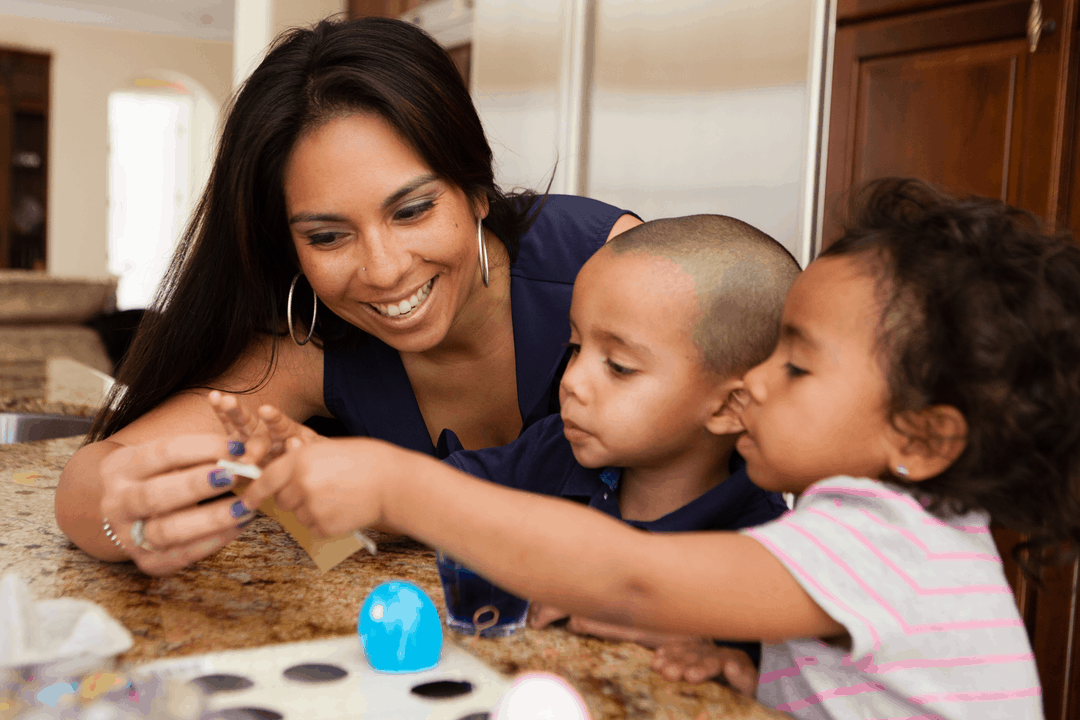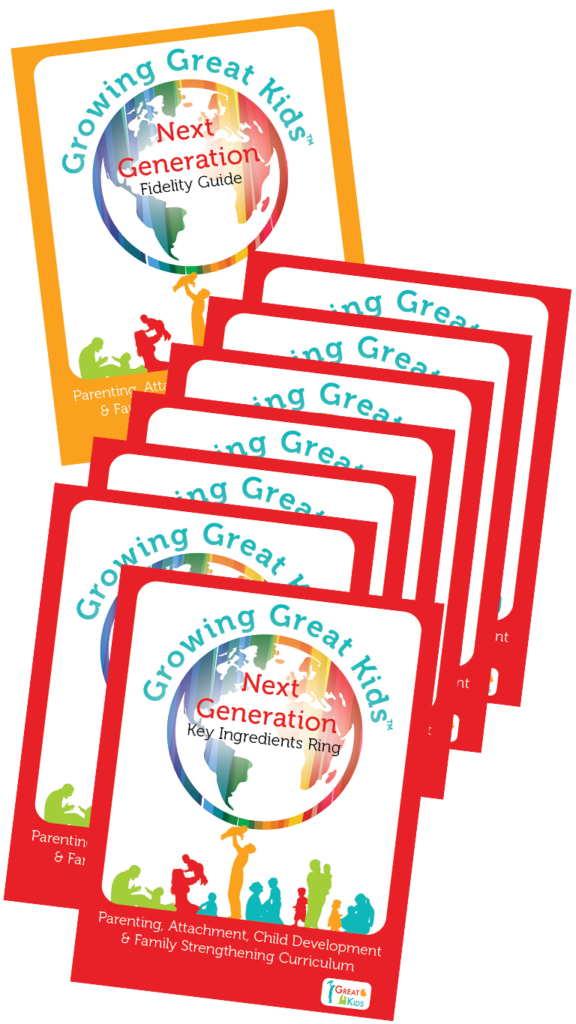I remember being a young mom and wanting to build a strong sense of family in my children. I set into motion traditions that continue today, over 22 years later. At that time, I didn’t know the power these traditions would hold for my family.
Traditions serve as a foundation to build a child’s sense of family identity.2 Merriam-Webster defines them as the handing down of information, beliefs, and customs from one generation to another.1 Though many of us imagine traditions as only happening on special occasions, they can also be simple and a part of our everyday routines. When children are a part of their families’ traditions, they develop a sense of belonging as they begin to define themselves in the context of those around them.3 Sharing stories, memories, and experiences enhances children’s development and their sense of family.2
When my daughters were younger, I found it easier to set aside time to be together as a family. We could hop in the car to go to the zoo, go on a family bike ride, or walk around our town. However, as they got older, their free time dwindled. During their teen years, I introduced a tradition we lovingly referred to as “forced family fun.” During these dedicated fun times, we laugh, talk a lot, and build precious memories together. It doesn’t matter what we do, we all enjoy one another. By setting aside time to connect, we grow our sense of family identity and maintain our close relationships with each other.
Another family tradition that has lasted over the years is eating dinner together as often as we can. When our family shares a meal, we talk about our “high and low.” This high and low conversation starter asks each person about the best and most challenging parts of their day. This puts our family values into practice by taking time to listen to each other, discuss difficult topics, and build trust.3 When my daughters’ friends joined us for dinner over the years, they would also participate in our “high and low” tradition. They would even remind us if we forgot to bring it up. One friend described it as the best part of eating dinner with us! It melted my heart to know that my daughters and their friends had developed a sense of belonging through our dinnertime conversations.
In addition to starting new traditions with my daughters, there are many special memories that I gifted to them by carrying on traditions from my own family. Passing down traditions from one generation to the next often provides children with an opportunity to connect with their family culture.2
One of my most cherished possessions is a gift passed down to me from my grandmother. As a child, my grandmother gave me her beautiful dinner dishes. At the time, I didn’t know this gift would one day be incorporated into my very own family traditions with my daughters.
One year my grandmother didn’t have much money, so instead of buying gifts, she gave each of us something meaningful and memorable from her home. She had received the dishes as a wedding gift. I couldn’t believe she had entrusted me with something so dear to her heart. As a child, I remember how she cherished them, protecting them as best she could from our growing hands.
When my grandmother gave me the dishes, she showed me something. She said, “See here, there are cracks and nicks in almost all the dishes.” I could see that there were many chips and scratches. I couldn’t believe my eyes. I thought everyone had been so careful with those dishes. She continued, “These scratches and nicks are memories. They are memories and stories of the good times we have had together as a family. Use these dishes. Don’t be afraid that they’ll break. Use them to bring love and togetherness to your family.” The dishes and her wise words are still significant to me today. We eat our meals on them, not just on special occasions, but anytime we want to feel special and close to each other. I don’t worry about the dishes cracking or getting a nick. I know that it will be a wonderful memory for my daughters to share with their families as the tradition lives on.
As you read this Blog, you may have started thinking about your family traditions and how they have become important to you over the years. As a home visitor, you ALSO have the opportunity to talk with families about their customs! With the holidays quickly approaching, it’s an excellent time to have conversations with families about their favorite traditions. This is a great way to learn the kinds of things that are important to them and gain insight into their culture. Modules in the Growing Great Families® manual can support you in having discussions about a family’s traditions and cultural practices. Some modules you can explore are:
- Learning About Family Values and Strengths,
- Family Traditions and Cultural Practices, and
- Memories and Family Stories.
Each of these modules facilitates discussions about how culture and traditions can help families grow their child’s sense of family identity. By having these conversations, you’ll support families in building connections, providing security to their children, and strengthening their family.2 Who knows, a new tradition a family starts today may be a tradition their children carry on with their own family!
References:
1. Merriam-Webster. (n.d.). Traditions. In Merriam-Webster.com dictionary. Retrieved October 9, 2020, from https://www.merriamwebster.com/dictionary/tradition
2. Parlakian, R., & Lerner, C. (May 3, 2012). Grandparenting: That was then: Sharing family traditions with your grandchildren. Zero to Three. https://www.zerotothree.org/resources/1209-that-was-then-sharing-family-traditions-with-your-grandchildren
3. Spagnola, M., & Fiese, B. H. (2007). Family routines and rituals: A context for development in the lives of young children. Infants & Young Children, 20(4), 284–299. https://depts.washington.edu/isei/iyc/20.4_spagnola.pdf
About the Author

Nancy Joerger is a Product Development Specialist for Great Kids®. She worked as the Assistant Program Manager of the Early Head Start Program in Madison County prior to joining the Great Kids® team in 2019. She lives in Hamilton, NY, with her husband and two daughters.


